Why Veg? For the Animals
Modern high-pressure agriculture commonly keeps cows, calves, pigs, chickens, turkeys, ducks, and other animals in overcrowded stalls, cages, crates, or sheds where they are often unable to turn around or take even a single step for their entire lives. They are deprived of veterinary care, exercise, sunlight, and even the feel of grass beneath their feet. All the farmed animals are individuals with feelings - they experience love, happiness, loneliness, and fear, just as dogs, cats, and people do. More than 25 billion animals are killed by the meat industry each year.
Be Wary of Labels
To assuage consumers' concerns about animal suffering, companies use terms such as “ethically sourced,” “humanely raised,” “free range,” and “cage free,” but the reality of the animals' lives rarely matches the idyllic farm scene on the packaging.
Producing Dairy Milk Harms Cows
Cows are mammals who, like all mammals, only produce milk as a result of giving birth. When a dairy cow gives birth to a calf, however, that calf may never receive the nutrients intended for them. Whether milk is produced in a giant factory farm or on a small family farm, the results are the same: a cow is forcibly inseminated and made to carry her calf to term, after which the calf is taken from her so that he or she doesn’t feed on what is intended to be profit for the farmer. This causes extreme emotional distress in the mother every time the cycle happens, as well as a huge physical toll. Mother cows are forced to birth far more babies than they would naturally in their lifetimes, stand confined on concrete floors to be milked three times per day, and are fed hormones and antibiotics to increase milk production and stop the spread of disease that these conditions cause in the first place. The fate of the calf depends on its sex. If male, the calf is considered a waste product of the dairy industry (because he will never produce milk), and may be put into veal production, where he will be kept confined and restricted of nutrients until his very early death (usually around 8 months old). If the calf is female, she will be put into dairy production as soon as her body is able to conceive, and be subject to the same cruel cycle as her mother. The natural lifespan of cattle can be up to 20 years, but a dairy cow often will only make it to age five before being sent to slaughter because she is no longer deemed profitable. These fates are similar for other female species used for dairy, including but not limited to goats and sheep.
The Hidden Costs of Eggs
Chickens naturally lay eggs, but not in a way that meets global, or even local, demand for eggs. A wild hen will only lay around 10-15 eggs per year (other sources estimate 20-30), and despite being natural, the process comes at a huge physical toll on the hen’s body. To meet the demands of eggs for consumption by humans, hens have been “intensively bred” to force their bodies to overproduce the estimated 250-300 eggs each egg-laying hen is forced to yield annually. If between 10 and 30 eggs carries a physical burden on a hen’s body and reproductive organs, imagine the pain and anguish 10-25 times that production causes. The natural lifespan of a chicken can be anywhere from 8-15 years, but an egg-laying hen often won’t make it to age two before she is considered “spent” and no longer of use to the industry, at which point she will be killed. As fertilized eggs are hatched by the thousands in hatcheries to produce newer generations of egg-laying hens, naturally around 50% of the time a male chick is born. Much like male calves in the dairy industry, a male chick is of no use to the egg industry, and is considered a waste product. Male chicks are routinely collected and ground alive when they are less than one day old.
Eggs From Backyard Hens Are Also Not Ideal
Buying eggs or chicks to become backyard hens feeds directly into the exploitative and cruel practices of egg farming that most “urban farmers” are trying to avoid.
Eating Fish Also Takes A Toll
Fish are dragged out of the water in huge nets. Other animals including dolphins, whales, and turtles are often caught in the nets and inadvertently killed. Other fish, such as tuna, are speared on hooks on the end of long lines, and slowly dragged to their death. Some sea birds are in increasing danger of starvation as their food source – fish – dwindles. And the lives of farmed fish are just as dreadful; thousands of fish are forced to live in factory-farm conditions, where disease and cruelty is rife.
More resources:
Animal Aid, Vegan Outreach
